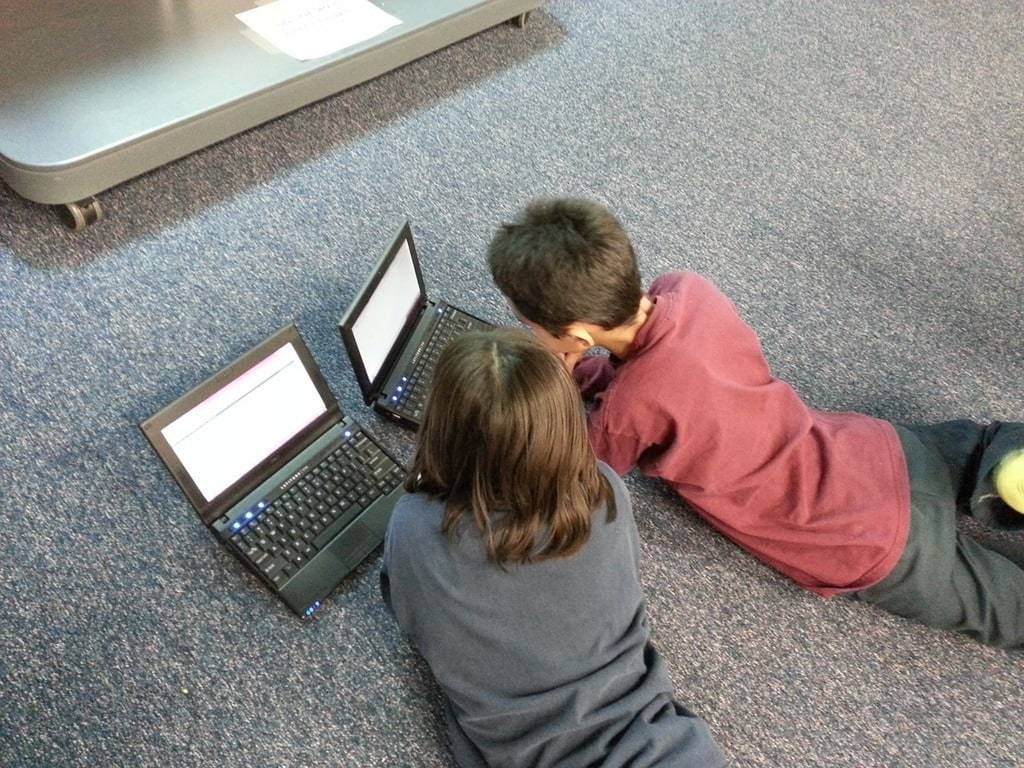
Innovative teaching methods for modern classrooms
Modern education is undergoing a transformative shift, driven by the need to prepare students for a rapidly evolving world. Traditional methods, while still valuable, are increasingly being supplemented or even replaced by innovative teaching approaches that foster deeper learning and engagement. These new methodologies aim to cultivate critical thinking, creativity, and adaptability among students, making them more equipped for future challenges.
Innovative Strategies for Modern Classrooms
One of the most effective methods in modern education is blended learning, which combines traditional face-to-face instruction with online learning. This approach allows students to have a more personalized learning experience, accommodating different learning paces and styles. By integrating digital resources, educators can provide a wealth of information that students can access at their convenience, enhancing their understanding and retention of the material.
Flipped Classroom Model
The flipped classroom model is another innovative strategy gaining traction. In this model, students are introduced to new content at home, often through video lectures or reading materials, and classroom time is reserved for exercises, projects, and discussions. This reversal of traditional teaching methods enables more active learning during class time, as students can engage in hands-on activities and receive immediate feedback from their peers and instructors.
Project-Based Learning
Project-based learning (PBL) encourages students to learn by actively engaging in real-world and personally meaningful projects. In this method, students work on a project over an extended period, which requires them to research, problem-solve, and present their findings. PBL not only helps students understand and retain information better but also develops essential skills such as collaboration, communication, and critical thinking. Through PBL, students often find the learning process more enjoyable and relevant to their lives.

Gamification in Education
Gamification involves applying game design elements to educational contexts. This method can significantly increase student motivation and engagement by making learning more interactive and enjoyable. By incorporating elements such as points, badges, and leaderboards, educators can create a competitive yet fun learning environment. Gamification also allows for immediate feedback, which is crucial for the learning process.
Personalized Learning
Personalized learning tailors education to meet the individual needs, skills, and interests of each student. This approach often uses technology to provide customized learning experiences, enabling students to progress at their own pace. Personalized learning ensures that each student receives the support they need to succeed, making education more inclusive and effective.
Here are some key elements that educators can integrate into their teaching strategies to enhance student learning:
- Interactive technologies: tools such as smartboards, tablets, and educational software can make lessons more engaging and interactive.
- Collaborative learning: group activities and discussions promote teamwork and communication skills.
- Formative assessments: regular, low-stakes assessments help track student progress and identify areas for improvement.
- Flexible learning spaces: classrooms designed to support various learning activities and styles can foster a better learning environment.
Leveraging Technology for Enhanced Learning
Technology plays a pivotal role in modern education, offering new ways to engage students and enhance learning outcomes. Virtual Reality (VR) and Augmented Reality (AR) are two such technologies that provide immersive learning experiences. VR can transport students to different places and times, offering a first-person perspective that is highly engaging and educational. AR, on the other hand, can overlay digital information onto the physical world, making learning more interactive and contextual.
AI and Machine Learning
Artificial Intelligence (AI) and machine learning are also transforming education. These technologies can analyze student data to provide personalized learning experiences, identify learning gaps, and suggest resources and activities tailored to individual needs. AI-powered tools can help educators create more effective lesson plans and provide targeted support to students, ensuring that no one is left behind.
Collaborative Online Tools
Online collaboration tools such as Google Classroom, Microsoft Teams, and various educational apps enable students to work together on projects, share resources, and communicate seamlessly. These tools support a more collaborative and interactive learning environment, even when students are not physically in the same location. This flexibility is particularly beneficial in today’s increasingly digital world.
Creating an Inclusive Learning Environment
An inclusive learning environment ensures that all students, regardless of their background or abilities, have equal opportunities to succeed. Universal Design for Learning (UDL) is an educational framework that guides the development of flexible learning environments to accommodate individual learning differences. By providing multiple means of representation, expression, and engagement, UDL helps create a more inclusive and effective educational experience for all students.
Social and Emotional Learning (SEL)
Social and Emotional Learning (SEL) is essential in modern education, focusing on developing students’ emotional intelligence, self-awareness, and interpersonal skills. SEL programs can help students manage their emotions, set positive goals, and establish healthy relationships, which are critical for both academic and personal success. Integrating SEL into the curriculum can lead to a more supportive and nurturing school environment.
Promoting Critical Thinking and Creativity
Encouraging critical thinking and creativity is fundamental in preparing students for the future. Educators can achieve this by designing activities that require students to analyze information, ask questions, and develop innovative solutions. By fostering a classroom culture that values curiosity and creativity, teachers can help students become more independent and inventive thinkers.
In conclusion, adopting innovative teaching methods is essential for modern classrooms. These approaches not only enhance student engagement and learning outcomes but also equip students with the skills they need to thrive in a rapidly changing world. By embracing these strategies, educators can create a dynamic and inclusive learning environment that prepares students for the future.

